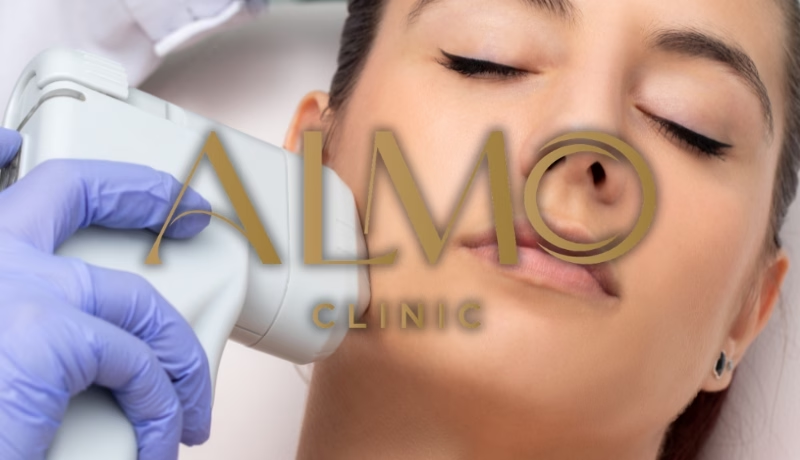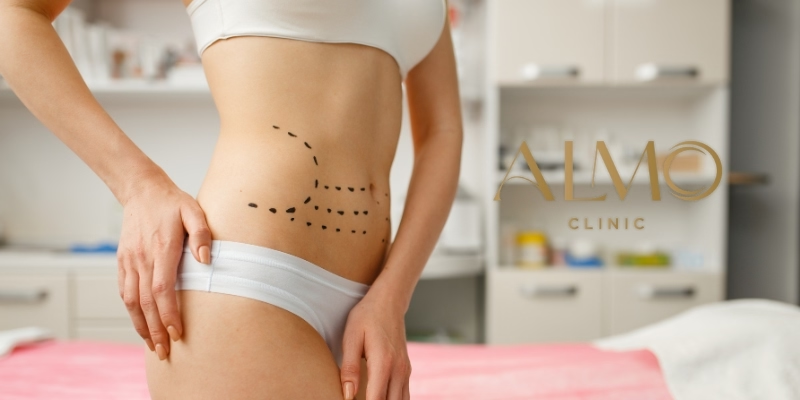Two paths to the same destination
“Doctor, Liftera or Ultherapy? Which is better for me?”
This question comes daily to consultation. The answer isn’t universal. It depends on your pain tolerance, budget, and specific goals.
Both technologies produce excellent results. The difference lies in the path.
Fundamental technical differences
Energy emission system
Liftera uses digital UDP technology. Emits pure sound without harmonics. Heats only the selected depth.
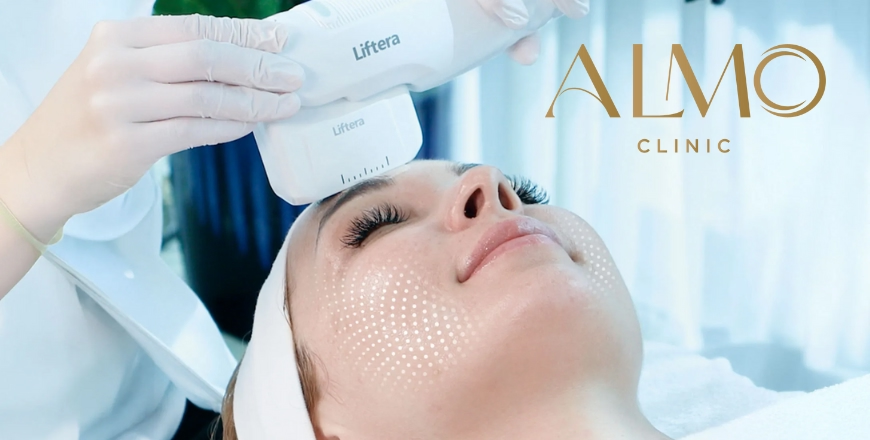
Ultherapy employs traditional microfocused ultrasound. Concentrates energy on 1-2mm points. Generates intense localized heat.
Simple analogy: Liftera is like a stove that heats evenly. Ultherapy like a magnifying glass concentrating sunlight on a point.
Depth of action
Both reach 4.5mm depth in the SMAS layer. Same options: 1.5mm, 3.0mm and 4.5mm.
The difference isn’t in how deep they reach. It’s in how they deliver the energy.
Visualization during treatment
Ultherapy includes real-time DeepSEE system. The specialist sees exactly where energy is applied. Allows immediate adjustments.
Liftera has no direct visualization. Depends on operator experience for precise placement.
Patient experience during treatment
Discomfort level
Liftera: practically painless.
TDT system distributes heat evenly. Patients report “mild tapping.” Pain scale: 2-3 out of 10.
Ultherapy: moderate to intense discomfort.
Energy concentration generates notable pain. Many patients require previous analgesics. Scale: 6-8 out of 10.
Procedure duration
Liftera: 35-40 minutes full face. Ultherapy: 60-90 minutes depending on area.
Liftera is 50% faster due to its higher emission frequency.
Results and efficacy
Speed of visible improvement
Liftera offers immediate improvements.
Tightening effect visible at session end. 60% of final result at 3 months.
Ultherapy develops gradual results.
Subtle changes first weeks. Peak improvement between 3-6 months. Slower but sustained evolution.
Collagen stimulation
Both activate neocollagenesis in SMAS layer. Produce new collagen for 6 months post-treatment.
No significant difference in collagen quantity generated. The difference is in the treatment experience.
Safety profiles
History of adverse effects
Liftera: favorable recent profile.
8-year technology on market. Excellent safety reports. Complication cases <1%.
Ultherapy: extensively validated safety.
15+ years of worldwide use. Over 2 million documented treatments. Multiple FDA approvals.
Common contraindications
Both not recommended for:
Pregnancy and breastfeeding. Active pacemakers. Metallic implants in focal zone. Active skin infections.
Price analysis Bogotá
Investment per session
Liftera full face: $1,800,000 - $2,500,000 Ultherapy full face: $2,800,000 - $4,200,000
Liftera is 35% more economical on average. Maintains comparable quality results.
Cost-benefit ratio
Liftera offers superior accessibility without compromising effectiveness. Ideal for first HIFU experiences.
Ultherapy justifies premium price with extensive scientific evidence and unique visualization technology.
Smart selection criteria
Choose Liftera if you prioritize:
Comfort during treatment. Practically painless experience versus intense discomfort.
Time efficiency. Shorter sessions allow greater work flexibility.
Economic accessibility. Moderate price for high-quality technology.
Choose Ultherapy if you value:
Maximum technological precision. Real-time visualization guarantees exact placement.
Robust scientific evidence. Decades of published studies support efficacy.
Experience in complex cases. Ideal for challenging facial anatomies.
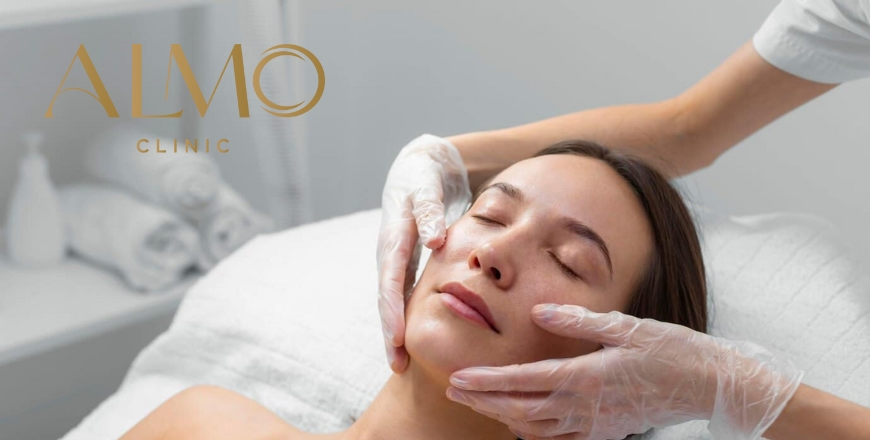
Determining medical factors
Specialized evaluation considers:
Degree of present sagging. Severe cases may benefit more from Ultherapy precision.
Individual pain tolerance. Apprehensive patients benefit from Liftera comfort.
History of previous treatments. Retreatments require superior precision.
Specific facial anatomy. Complex cases need direct visualization.
Combinations with regenerative medicine
Liftera integrative protocols
Liftera + PRP: Accelerates neocollagenesis 40%. Improves skin texture and luminosity.
Liftera + Bioestimulators: Extends results up to 18 months. Ideal for maintenance.
Ultherapy integrative protocols
Ultherapy + Exosomes: Maximizes cellular regeneration. Premium protocol for demanding cases.
Ultherapy + Sculptra: Gold standard combination for patients 45+ years.
Comparative scientific evidence
Liftera: emerging innovation
Clinical studies in development. Superior patient satisfaction reports due to comfort.
Patented innovation in digital UDP system. Second-generation HIFU technology.
Ultherapy: consolidated evidence
90+ peer-reviewed published studies. Extensively documented long-term follow-up.
Multiple FDA approvals. Recognized gold standard in non-surgical lifting.
Decision based on personal profile
Typical Liftera patient
Active professional 30-45 years. Seeks early prevention. Values comfort and efficiency. Moderate budget available.
Typical Ultherapy patient
Executive 40-55 years. Requires established correction. Prioritizes maximum results. Ample budget without restrictions.
Common myths we debunk
“Liftera is less effective”
False. Comparative studies show similar efficacy in lifting and neocollagenesis.
“Ultherapy is always better”
False. Better doesn’t exist in medicine. More appropriate exists according to specific case.
“Price determines quality”
False. Price reflects different technological approaches. Both produce excellent results.
Specialist recommendations
Cases where I prefer Liftera
Pain-sensitive patients. First HIFU experience. Preventive maintenance. Moderate budget.
Cases where I prefer Ultherapy
Complex anatomies. Retreatments. Maximum expectations. Severe sagging cases.
Cases where they’re equivalent
Mild to moderate sagging. Patients 35-45 years. Realistic expectations. Adequate follow-up guaranteed.
The truth about “superior technology”
No universally superior technology exists. More appropriate technology exists for each specific patient.
Liftera excels in comfort and efficiency. Ultherapy stands out in precision and scientific evidence.
Both are excellent when applied correctly by experienced specialists.
Recommended decision process
Personalized medical evaluation
A specialized consultation determines which technology optimizes your specific results. Considers unique characteristics of your skin.
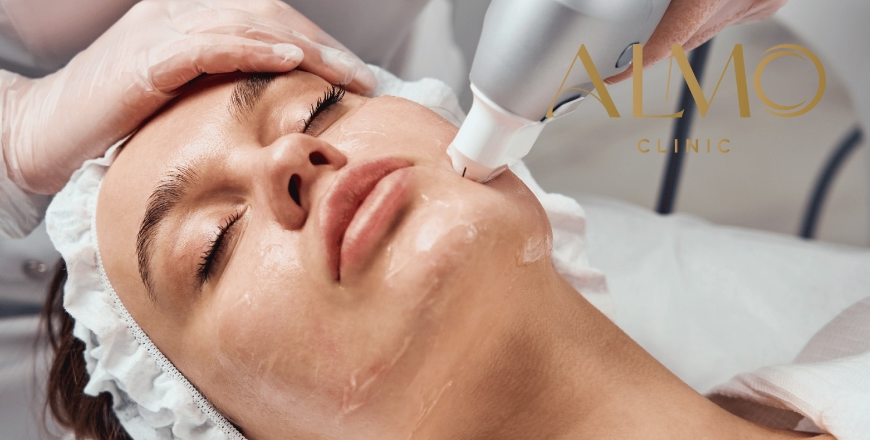
Key individual factors
Personal pain tolerance. Real available budget. Time available for treatment. Specific result expectations.
Second opinion recommended
For complex cases, consult with specialist who handles both technologies. Avoid bias toward single available equipment.
At ALMO Clinic we apply both technologies. Our recommendation is genuinely the most appropriate for your case.
Investment in facial rejuvenation deserves the technology right for your specific situation.
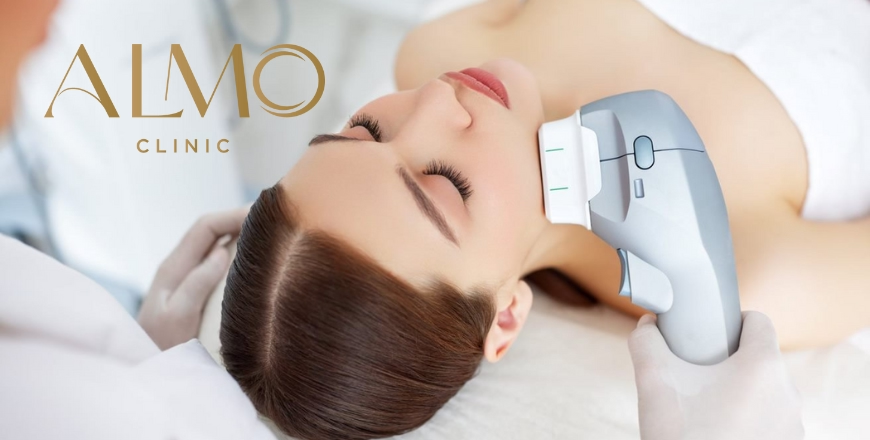
![CO2 Laser vs Morpheus8: Which One Better Eliminates Acne Scars? [2025]](/img/blog/laser-co2-vs-morpheus8-cicatrices.avif)
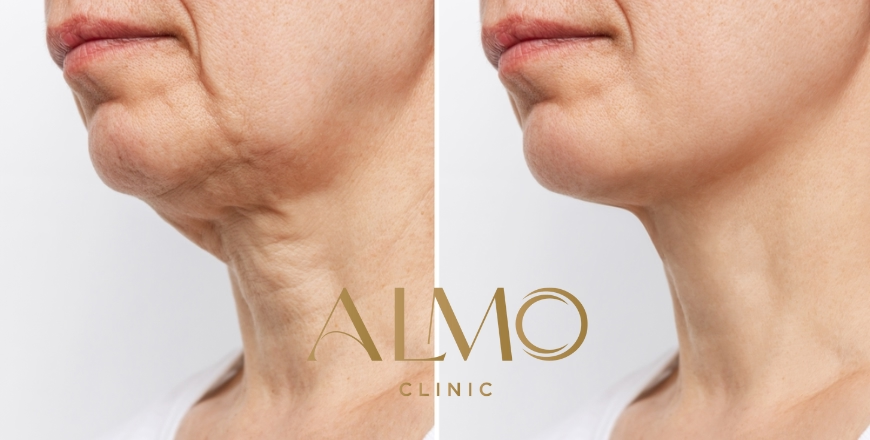

![Liftera vs Ultraformer: Which to Choose in Bogotá? [2025 Comparison]](/img/blog/liftera-vs-ultraformer-bogota.avif)
